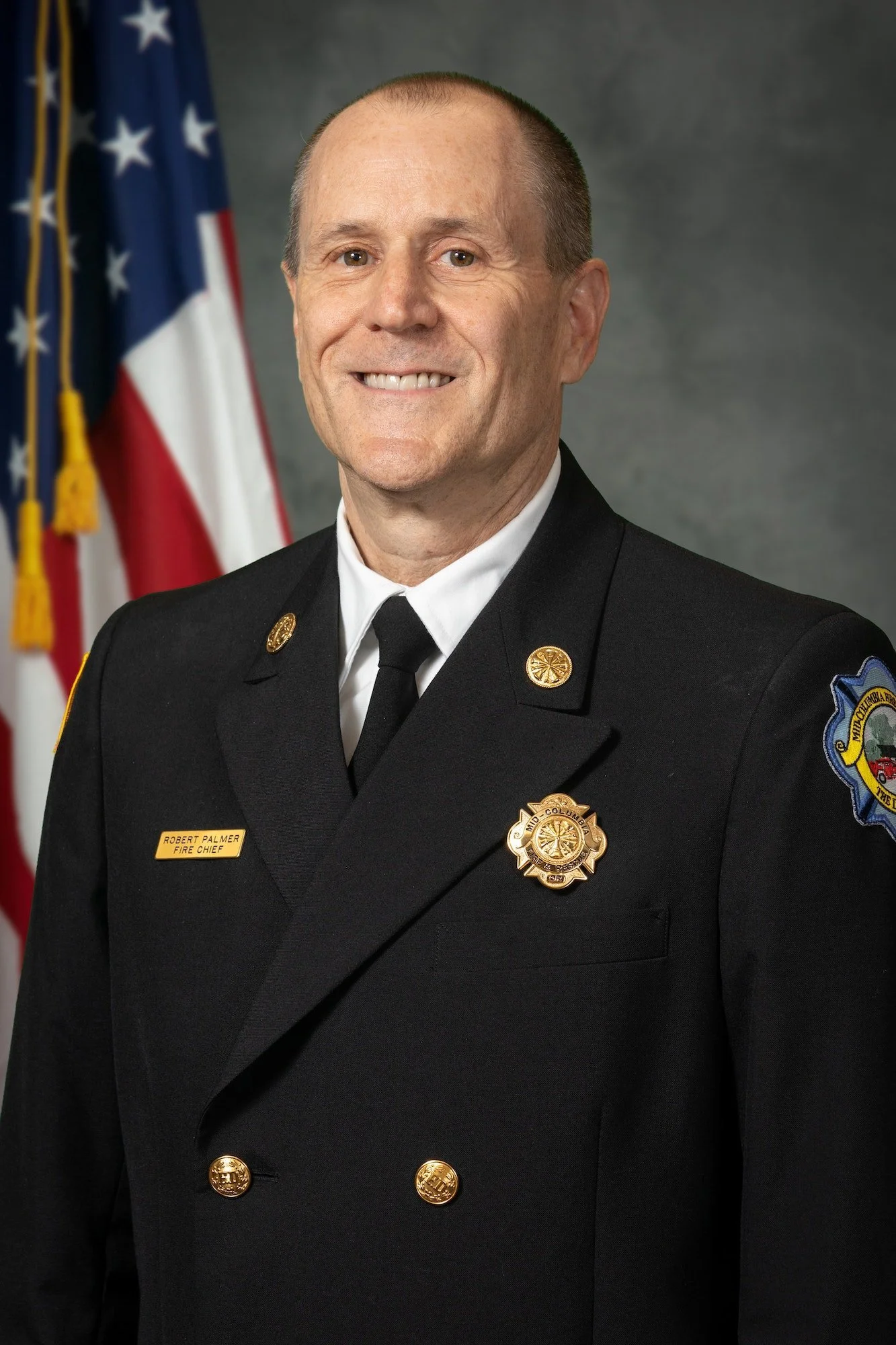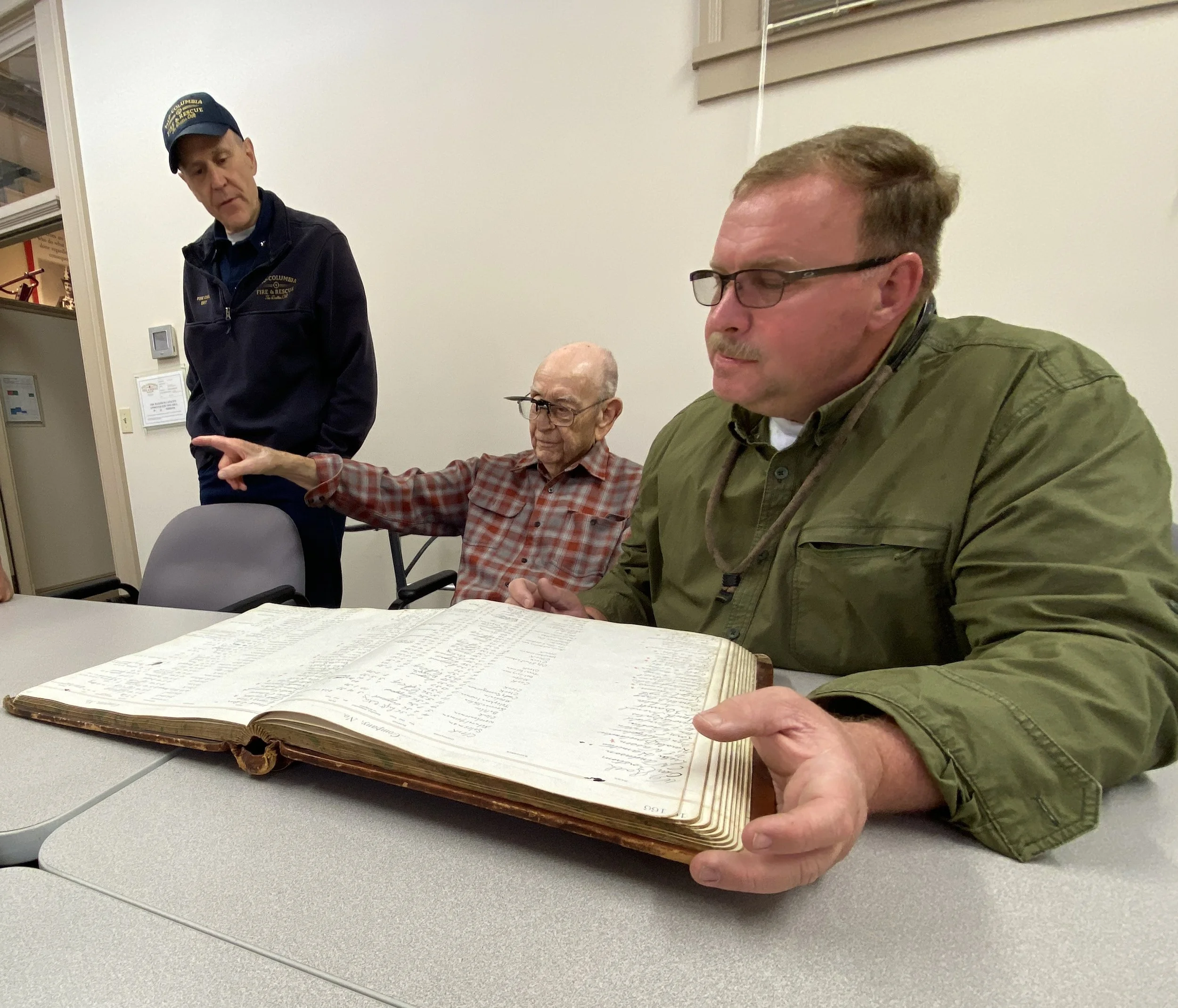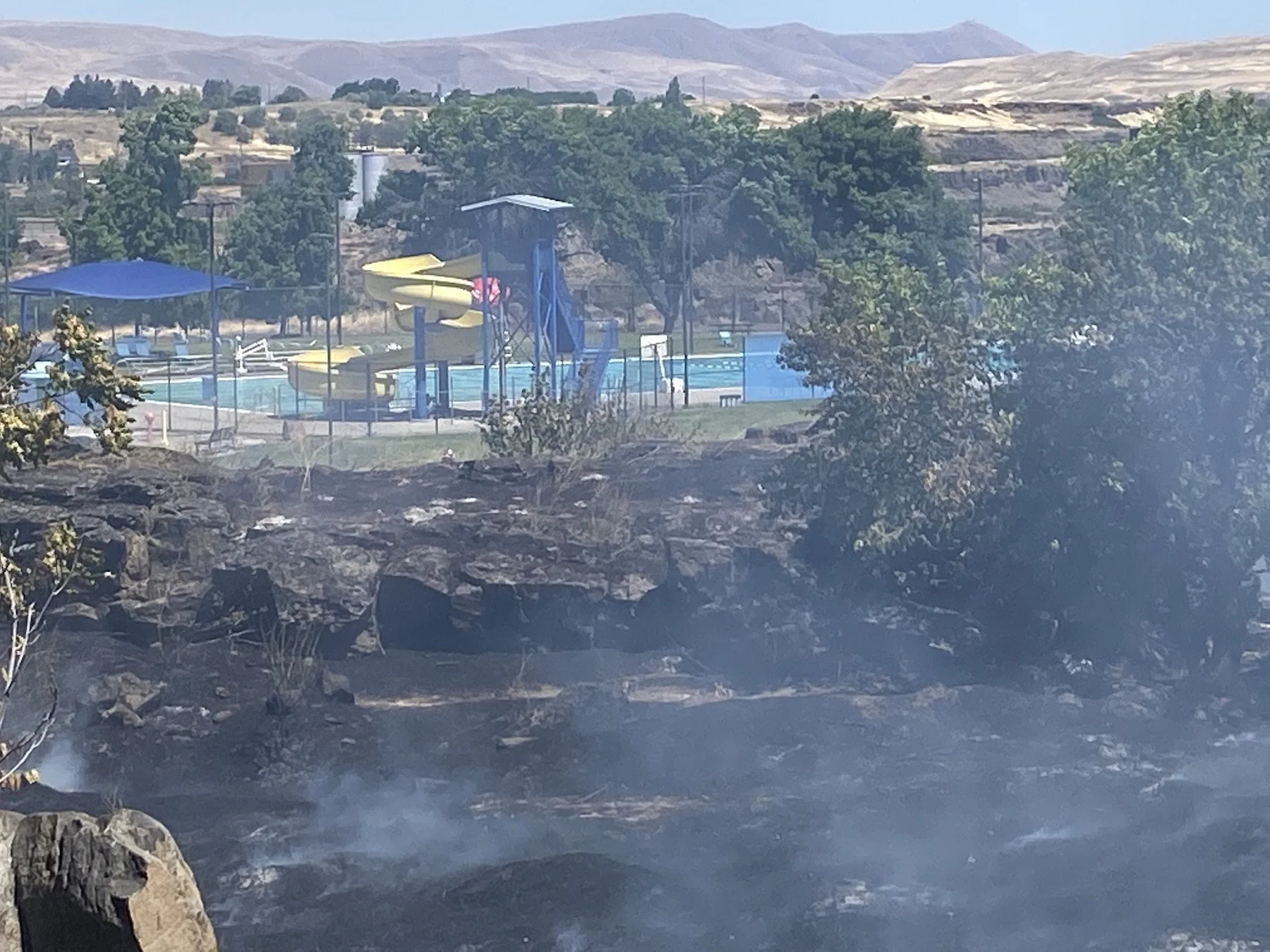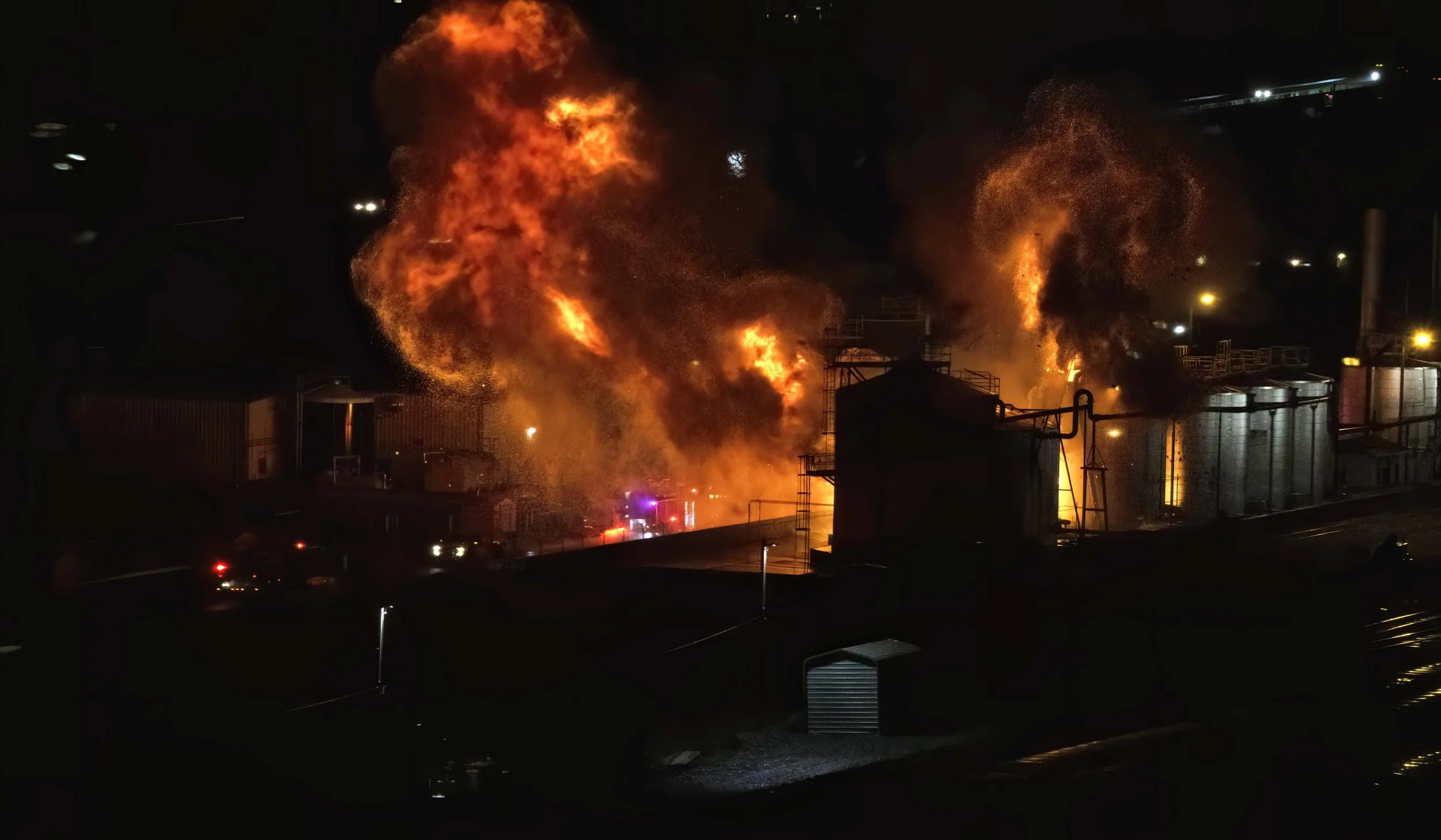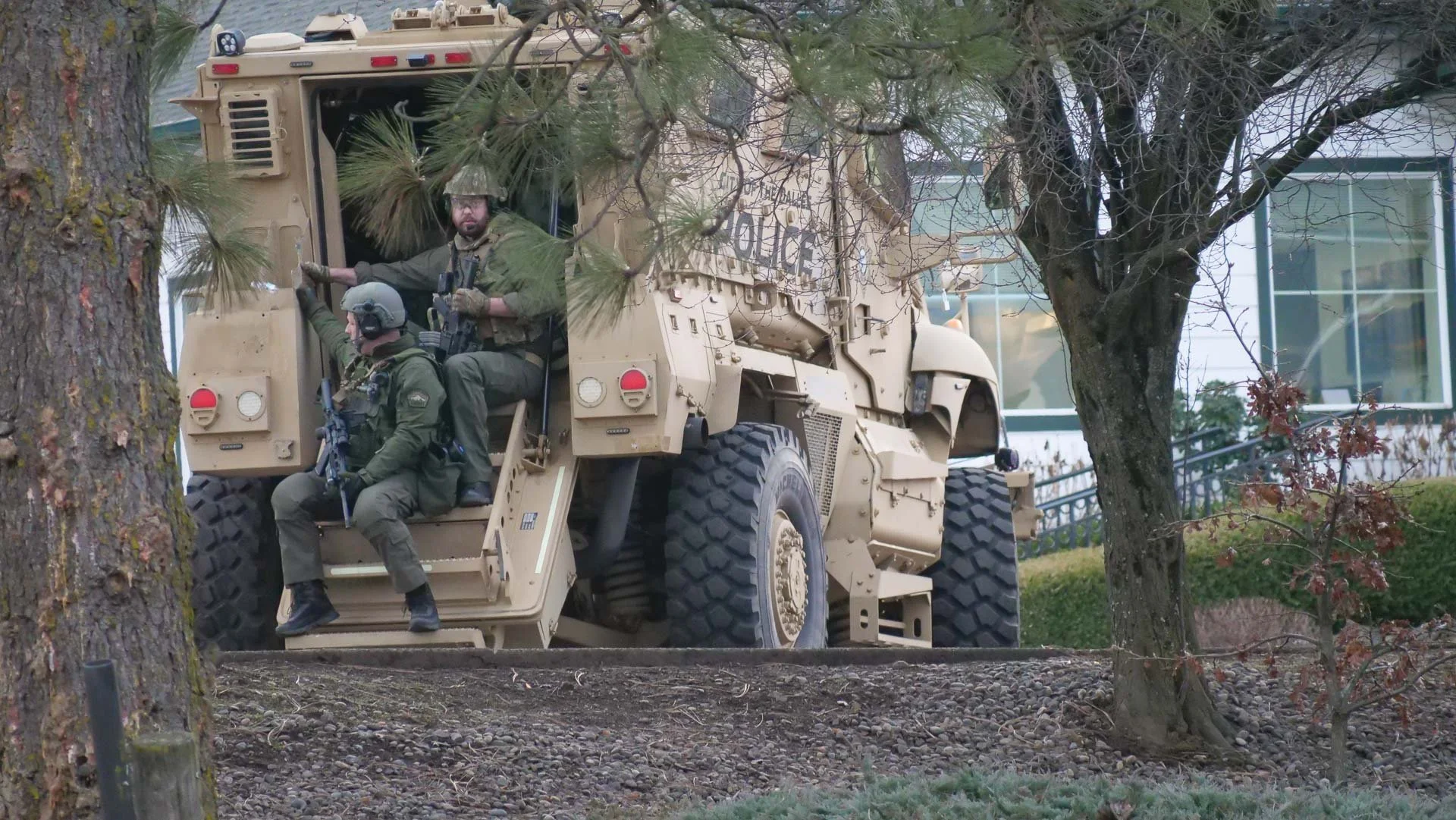Devil in the Details: Palmer to retire from Mid-Columbia Fire in December
By Tom Peterson
Mid-Columbia Fire & Rescue Chief Bob Palmer
The Dalles, Ore., Sept. 19, 2024 — Sometimes you have to read between the lines in this job.
CCCNews recently received a special meeting announcement from Mid-Columbia Fire & Rescue about a special meeting and an executive session on Sept. 23.
Then came this little gem:
“The Board will reconvene into regular session to consider their options in making a fire-chief-hiring decision.”
Wait a minute?
We called the current Chief Bob Palmer.
“I have not publicized it,” he said when we asked if he was retiring. “I figured I would send the meeting notice and I was betting I would get a call.”
Palmer said he plans to finish his 44-plus years of firefighting in The Dalles on Dec. 1, surely to give a smooth transition to the incoming chief.
Palmer, 65, grew up in Hood River and his first paid Firefighting Job was with The Dalles Fire Department in 1980.
Joel Brown holds the "Bible" a personnel log book that every firefighter signed when they worked for The Dalles Fire Deparment. Current Mid-Columbia Fire Chief Bob Palmer signed the ledger in 1980 when he took his first paid job with TD Fire.
He was 20 years old.
Pac-Man was released that year.
It’s probably fair to say that Bob had no idea what the future held for him at that point.
You could also say he has walked through some flames as firefighting in our region has evolved and morphed as departments merged, technology advanced, fire stations were built and the very nature of fighting structure fires has become a game of seconds.
Today the district covers 120 square miles and has more than 3,500 calls for service annually - that averages to about 10 calls per day.
Heart attacks, fires, brush fires, overdoses, car wrecks - they are there 24/7.
The landscape was quite different when Bob started in The Dalles. There was The Dalles Fire Department and Wasco Rural.
TD Fire fought mostly structure fires in town and Wasco Rural was responsible for the county lands, including covering wildfires.
Palmer said he rose to Engineer in ‘84 and Captain by 1986. He became a director of public safety in 1990 and was later appointed acting director of operations before becoming chief for The Dalles in 1992.
At that point, Palmer said there were discussions about merging The Dalles Fire Department and Wasco Rural but the pieces did not come together until 1995.
“We finally had the right people in the right places to merge two agencies in ‘95,” he said. “In ‘96 we changed our name to Mid-Columbia Fire & Rescue.”
At that point Bill Richardson was chief and Palmer said there was quite a learning curve as the two agencies focused on strengths and weaknesses when it came to medical calls and wildland firefighting.
The agencies consolidated resources and became far more efficient - for examples, one fire chief instead of two and eliminating duplicate services.
“It was much more cost-effective,” he said. “But there were challenges. The City ran the ambulance service and Wasco Rural had wildland firefighting.”
Wildland firefighting is completely different from attacking a structure fire. This blaze back in August of 2022 came pretty close to the The Dalles Aquatic Center. Mid-Columbia Fire and Rescue was instrumental in stemming the blaze along Mill Creek.
“Everybody had to learn to deal with the changes over time… it took five years to get things settled in. It was a big change for volunteers at the time.”
“It was pretty exciting to get the agencies together and we keep progressing and moving forward and keep doping what is best for community and providing high quality service - that is our mission,” he said.
Mid-Columbia also had to find a new home as the $1 annual rent at city hall was a limited time offer.
“We were supposed to move out in a year and get our own station,” Bob said. “We were there 2 years.”
The fire district passed a bond for a new station and property at 1400 W. 8th Street and firefighters moved in in 1998. The bond on that project retired in 2017.
Palmer was officially named Chief in 2007.
The Wasco Rural fire station on Hostetler was sold off to help fund the construction at that time and a second fire station in Columbia View Heights was built in 2015.
Over the years a combination of bonds and enterprise zone money have also made it possible to buy additional vehicles and training equipment to keep the department at a professional level.
Palmer said additional studies are afoot now looking at where a third fire station will be placed when calls for service demand a third facility.
What has changed the most, Bob?
A huge plume of fire rolls into the sky above the 55,000-gallon chemical storage tank at AmeriTies on Thursday night, March 9, 2023. The tank contained copper naphthenate, which is a copper-based, oil-borne wood preservative. It is a replacement for creosote in railroad ties and as a replacement for pentachlorophenol in utility poles, according to Nisus Corp. Photo by Jim Wilson
“When I first got here we were training on hazmat and then weapons of mass destruction and now we train and prepare for active threat and shooters. And fires have not changed over the years but construction has. Fires burn differently and more quickly.”
SWAT Team moves in on an active shooter in Hood River in February, 2023. Firefighters now train for such situations which also call for fire services or medical treatment.
Palmer said lighter construction materials such as I-beams, hollow core doors and the increase in synthetic materials such as the fabric in most couches burn much quicker compared to construction before the 1980s that used floor joists made of ‘2x12’s, solid wooden doors, and home furnishings made with natural fibers.
When he started, he said firefighters had 6 to 8 minutes to get on scene and have a good chance of stopping a fire before too much damage.
“Our response time now is to get there in 4 minutes to have the potential to get the fire knocked down.”
Newer construction is also more dangerous as lighter trusses and I-beams weaken under fire quickly making it much more dangerous for firefighters, who have to make choices on whether to enter a structure or not.
“In the past 44 years, there have been a lot of changes - it’s amazing how things change over time - it goes fast,” Bob said. “It’s a great organization. Combining city and rural made it better - We’ve got great people here. I am very proud of what we have and what we have accomplished over the course of those years and whoever the new chief is will take over that legacy.”
Support Local News
Available to everyone. Funded by readers.

